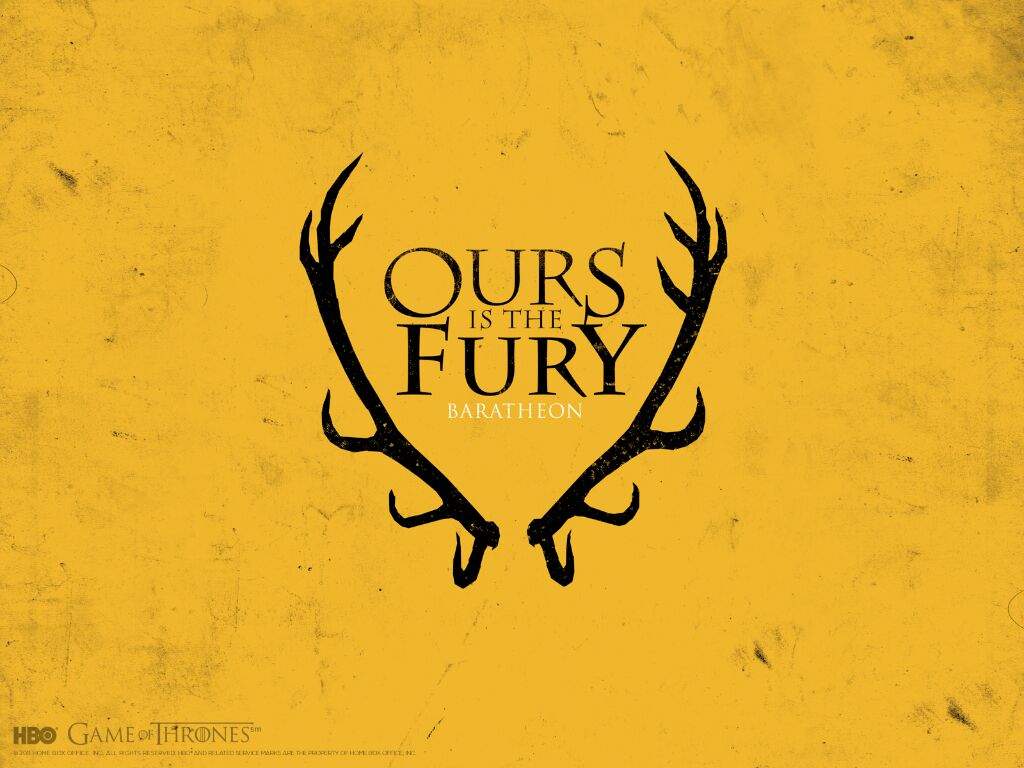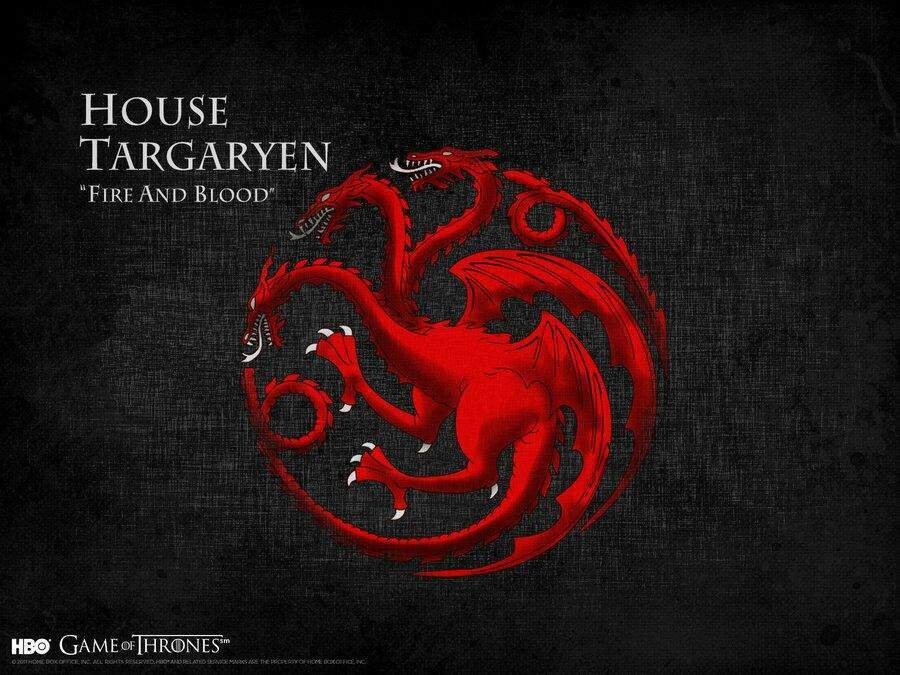Banner Design and Symbolism: Westeros Banners Meaning

Westeros banners meaning – The banners of Westeros are as varied as the houses that bear them, each with its own unique design and symbolism. The colors, patterns, and emblems used in these banners are often steeped in history and tradition, and they can reveal a great deal about the house that bears them.
In the tapestry of Westeros, banners flutter like vibrant whispers, each bearing a tale of lineage and allegiance. Their symbols and colors dance upon the breeze, conveying a language of power, history, and the intricate tapestry of the realm. To unravel their meanings is to delve into the very heart of Westeros, a realm where honor, ambition, and destiny collide.
Explore the significance of these banners and uncover the secrets they hold, from the sigils of noble houses to the colors that whisper of their aspirations. What is Westeros Banners
Colors
The colors used in Westerosi banners are often symbolic. For example, red is often associated with war and bloodshed, while green represents fertility and nature. Blue is the color of the sea and the sky, and it is often used by houses that have a strong naval tradition. Gold is the color of wealth and power, and it is often used by the most powerful houses in Westeros.
In the tapestry of Westeros, banners unfurl like whispered secrets, each sigil a tale waiting to be deciphered. From the fiery heart of House Targaryen to the watchful kraken of House Greyjoy, these emblems dance upon the wind, bearing witness to the realm’s intricate history.
Amidst this vibrant canvas, the subtle yet sinister presence of Larys Strong emerges, his own banner a cryptic reminder of the shadows that lurk within the realm’s noble halls. Yet, even as his enigmatic sigil weaves its way into the tapestry, the banners of Westeros continue their silent dance, a testament to the enduring legacy of the Seven Kingdoms.
Patterns
The patterns used in Westerosi banners are also often symbolic. For example, the chevron is a common symbol of strength and courage, while the cross is a symbol of Christianity. The crescent moon is a symbol of Islam, and the star is a symbol of Judaism. These patterns can be used to identify the religion or culture of the house that bears them.
The banners of Westeros, with their vibrant hues and intricate designs, speak volumes about the noble houses they represent. Among them, the banner of Stannis Baratheon , the Lord of Dragonstone, stands out with its stark black background and fiery red heart.
This emblem symbolizes his unwavering determination and his claim to the Iron Throne, a testament to the complex and often tumultuous tapestry of Westeros’s noble lineages.
Emblems
The emblems used in Westerosi banners are often the most important part of the design. These emblems can be anything from animals to plants to objects, and they often have a deep personal meaning for the house that bears them. For example, the lion is the emblem of House Lannister, and it represents their strength and courage. The direwolf is the emblem of House Stark, and it represents their loyalty and ferocity. The kraken is the emblem of House Greyjoy, and it represents their power at sea.
The banners of Westeros are a testament to the rich history and complex tapestry of the realm. Each house has its own unique sigil, which is emblazoned on their banners and used to identify them in battle. The colors and symbols used in these banners often reflect the history, values, and aspirations of the house that bears them.
By delving into the meanings behind these banners, we can gain a deeper understanding of the world of Westeros what is westeros and the people who inhabit it. The banners of House Stark, for example, feature a direwolf, a symbol of strength and loyalty.
House Lannister’s banner depicts a golden lion, representing their pride and power. And House Targaryen’s banner bears a three-headed dragon, a reminder of their ancient lineage and the power they once wielded.
Examples of Iconic Banners
Some of the most iconic banners in Westeros include:
- The banner of House Targaryen: A three-headed dragon on a red field. This banner represents the Targaryen’s claim to the Iron Throne, and it is one of the most recognizable symbols in Westeros.
- The banner of House Stark: A direwolf on a grey field. This banner represents the Stark’s loyalty and ferocity, and it is one of the most popular banners in Westeros.
- The banner of House Lannister: A golden lion on a red field. This banner represents the Lannister’s strength and courage, and it is one of the most powerful banners in Westeros.
- The banner of House Greyjoy: A kraken on a black field. This banner represents the Greyjoy’s power at sea, and it is one of the most feared banners in Westeros.
Table of Banner Designs
The following table compares the banner designs of different houses and their associated traits:
| House | Banner | Colors | Patterns | Emblems | Traits |
|---|---|---|---|---|---|
| Targaryen | Three-headed dragon on a red field | Red, black | None | Three-headed dragon | Strength, power, ambition |
| Stark | Direwolf on a grey field | Grey, white | None | Direwolf | Loyalty, ferocity, honor |
| Lannister | Golden lion on a red field | Gold, red | None | Golden lion | Strength, courage, wealth |
| Greyjoy | Kraken on a black field | Black, grey | None | Kraken | Power at sea, ferocity, ruthlessness |
| Tyrell | Golden rose on a green field | Green, gold | None | Golden rose | Beauty, wealth, fertility |
House Affiliations and Loyalties

Banners play a crucial role in identifying and uniting followers within each house. They serve as symbols of allegiance, signifying the loyalty and commitment of bannermen to their lords. The sight of a familiar banner on the battlefield or in a procession instills a sense of belonging and pride among its followers.
Bannermen and Their Responsibilities
Bannermen are the backbone of each house, forming a loyal and formidable force. They are responsible for providing military support to their lords, fighting alongside them in battles and conflicts. In return, they receive protection, land, and other benefits from their lords. The relationship between bannermen and their lords is one of mutual respect and loyalty, forged through generations of service and shared experiences.
Alliances and Conflicts
Banners also shape alliances and conflicts between different houses. When two houses share a common banner, it signifies a bond of friendship and support. Alliances are formed between houses to strengthen their military might, secure their territories, or pursue common goals. However, when banners clash on the battlefield, it symbolizes a fierce rivalry or conflict between the houses. The outcome of these conflicts often determines the fate of entire kingdoms and the balance of power in Westeros.
Cultural and Historical Significance

Banners have held immense cultural and historical significance in Westerosi society, serving as potent symbols of identity, allegiance, and power.
From the earliest days of Westeros, banners have been used to distinguish different factions on the battlefield. The designs and colors of these banners have evolved over time, reflecting the changing political landscape and power dynamics.
The Evolution of Banner Designs
The earliest Westerosi banners were simple designs, often depicting the sigil of the ruling house or clan. Over time, these designs became more elaborate, incorporating elements such as heraldry, symbolism, and personal devices.
The evolution of banner designs has been influenced by a variety of factors, including cultural influences, technological advancements, and the rise and fall of different political factions.
Banners as Symbols of Power, Westeros banners meaning
Banners have always been more than just symbols of identity. They have also been used to display power and authority.
The size and grandeur of a banner often reflects the wealth and influence of the house or faction it represents. The display of a banner on a battlefield or at a political gathering is a powerful statement of intent and authority.
The banners of Westeros, as diverse as the Seven Kingdoms themselves, speak volumes about their noble houses. From the golden lion of Lannister to the direwolf of Stark, each sigil carries a rich history and symbolism. Westeros banners meaning goes beyond mere identification, they are a testament to the intricate tapestry of Westerosi society, where honor, loyalty, and ambition intertwine.